Harryhausen’s Mysterious Island on Blu-ray
 Mysterious Island (1961)
Mysterious Island (1961)
Directed by Cy Enfield. Starring Michael Craig, Herbert Lom, Joan Greenwood, Michael Callan, Gary Merrill, Percy Herbert, Dan Jackson, Beth Rogan.
I have no qualms admitting that I enjoyed the 2007 Walden Media adaptation of Journey to the Center of the Earth. It surprised me how much of Verne’s novel made it onto the screen in a contemporary setting. However, the prospect of a sequel, riffing slightly (at least from what I can detect from the first trailer) on Verne’s 1874 classic The Mysterious Island, does nothing for me other than as a reminder to read that recent translation of the novel from the Modern Library that has stared at me from my “to read” stack for over a year. The new film is called Journey 2: Mysterious Island, which explains exactly what the filmmakers intend: the same thing as the last film. Maybe some younger viewers will go find the book after watching the movie, although the novel is less child-appealing than some of Verne’s other works, such as Twenty Thousand Leagues under the Sea, which children should read first anyway because Mysterious Island is a sequel to it. Will Captain Nemo show up in the new film? Who cares.
However, the marketing for Journey 2 coincides with the Blu-ray release of an earlier adaptation, the Ray Harryhausen-Charles H. Schneer Mysterious Island released in 1961. A number of Harryhausen’s classics have reached Blu-ray already, but Mysterious Island makes its high definition debut in a limited edition from a small direct distributor, Twilight Time, that specializes in film soundtrack albums. This concerns me for the release of other of Harryhausen titles. Mysterious Island is a Columbia film, and Sony Home Video released The 7th Voyage of Sinbad and Jason and the Argonauts on Blu-ray. Apparently, they preferred to farm out Mysterious Island to an independent—and on the film’s fiftieth anniversary! I may never have learned about the Mysterious Island Blu-ray if I wasn’t a soundtrack collector on mailing lists for small labels. (If you want to buy the Mysterious Island Blu-ray, go here. It’s limited to 3,000 unit, and I have no idea how fast they will sell.) …
 I’ve been a bit under the weather the past couple of weeks, which has been annoying for a number of reasons. For one thing, I was unable to get my thoughts in enough order to respond adequately to three pieces of writing I came across several days ago. Each piece on its own seemed to pose interesting questions, and collectively they raised what seemed to me to be related issues about how one reads, and why; and how and why one reads fantasy in particular.
I’ve been a bit under the weather the past couple of weeks, which has been annoying for a number of reasons. For one thing, I was unable to get my thoughts in enough order to respond adequately to three pieces of writing I came across several days ago. Each piece on its own seemed to pose interesting questions, and collectively they raised what seemed to me to be related issues about how one reads, and why; and how and why one reads fantasy in particular.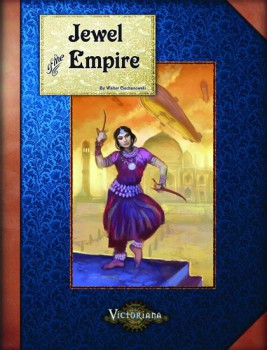 A couple of weeks ago, I began my exploration of steampunk – one of the most popular subgenres in speculative fiction today – with a review of the upcoming board game
A couple of weeks ago, I began my exploration of steampunk – one of the most popular subgenres in speculative fiction today – with a review of the upcoming board game 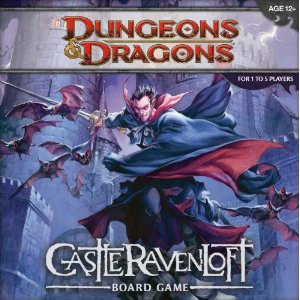
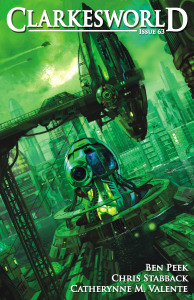 The December issue of Clarkesworld is currently
The December issue of Clarkesworld is currently 
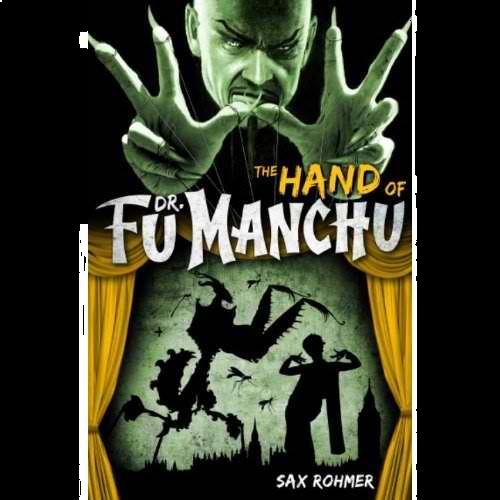
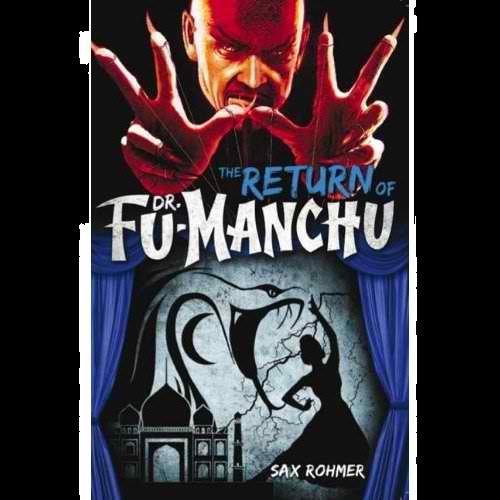
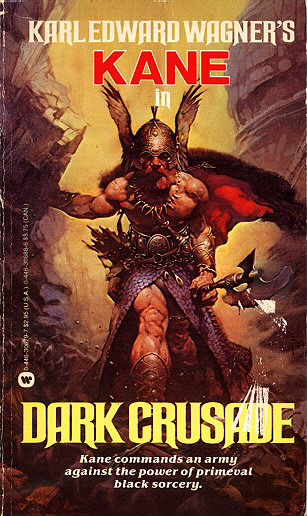 Why has swords and sorcery languished while epic fantasy enjoys a wide readership? In an age of diminished attention spans and the proliferation of Twitter and video games, it’s hard to explain why ponderous five and seven and 12 book series dominate fantasy fiction while lean and mean swords and sorcery short stories and novels struggle to find markets (Black Gate and a few other outlets excepted).
Why has swords and sorcery languished while epic fantasy enjoys a wide readership? In an age of diminished attention spans and the proliferation of Twitter and video games, it’s hard to explain why ponderous five and seven and 12 book series dominate fantasy fiction while lean and mean swords and sorcery short stories and novels struggle to find markets (Black Gate and a few other outlets excepted).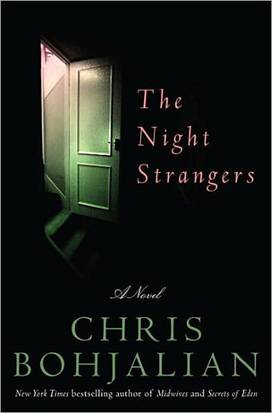
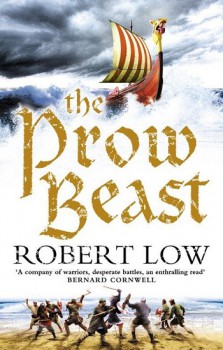 The Prow Beast
The Prow Beast